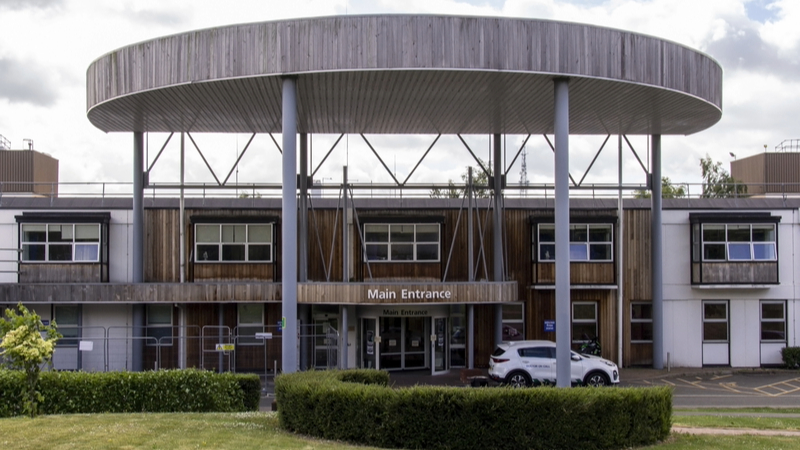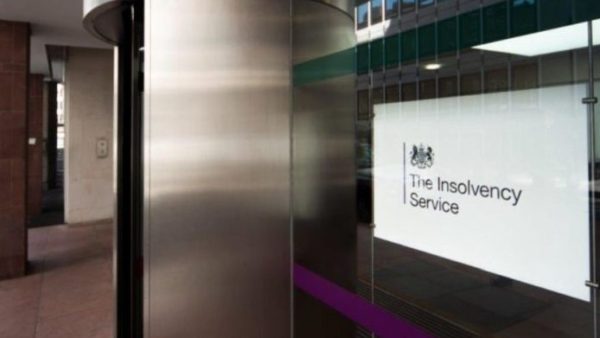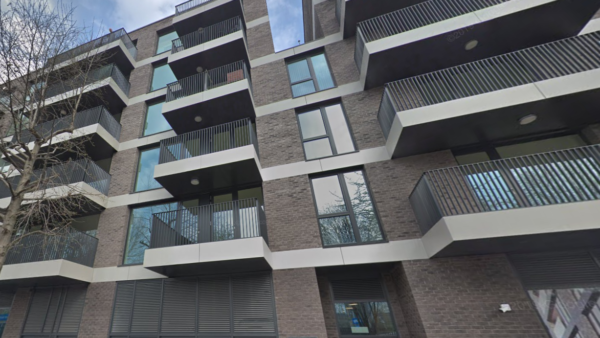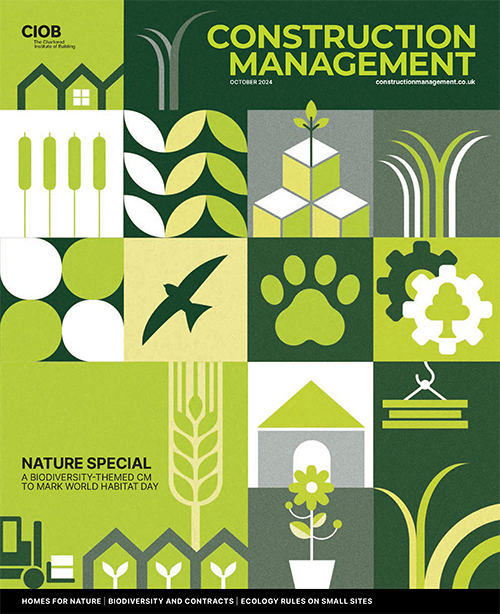
The Department of Health and Social Care (DHSC) has published a fact sheet explaining how the NHS is dealing with the reinforced autoclaved aerated concrete (RAAC) crisis.
The NHS is at the forefront of understanding and tackling the issue and has issued instructions requiring the removal of RAAC planks by 2030.
Where structural surveys identify RAAC in the estate, trusts are inducted into the national remediation programme.
DHSC has confirmed the presence of RAAC planks in “a number of NHS sites”, including seven hospitals that will be replaced by the end of the decade through the £20bn New Hospital Programme.
However, the number of trusts and hospitals with confirmed RAAC may increase as structural surveys continue. The DHSC confirmed that RAAC has been completely eradicated in three sites across three trusts.
What is different from the schools approach?
The NHS has been surveying sites and undertaking RAAC mitigation work since 2019, following recommendations set by the Institution of Structural Engineers.
School and hospital estates are also managed in different ways. The hospital estate is mainly concentrated in a smaller number of larger buildings with dedicated teams of trained estate professionals who monitor and maintain them.
In those cases where mitigation work is needed, this can be carried out with relatively minimal service disruption in hospital settings where patients can be relocated to different wards if necessary.
RAAC in the NHS to be eradicated by 2035
A DHSC spokesperson said: “The NHS has a mitigation plan in place for hospital buildings with confirmed RAAC, backed with significant additional funding of £698m from 2021 to 2025, for trusts to put in place necessary remediation and failsafe measures. We remain committed to eradicating RAAC from the NHS estate entirely by 2035.
“Additionally, we have announced that the seven most affected NHS hospitals will be replaced by 2030 through our New Hospital Programme.
“The technical advice received from the NHS is that the current approach to monitoring and mitigation remains appropriate.”
What is RAAC?
RAAC is a lightweight form of precast concrete popular in UK public sector building construction from the mid-1960s until the late 1990s. It was mainly used on roofs, although it can also be found on floors and walls. It has a shelf-life of around 30 years.
A 2019 report published by the Standing Committee on Structural Safety highlighted the significant risk of failure of RAAC planks. In September 2022, the Office of Government Property sent a Safety Briefing Notice to all property leaders, regarding the dangers of RAAC, stating that “RAAC is now life-expired and liable to collapse”.










